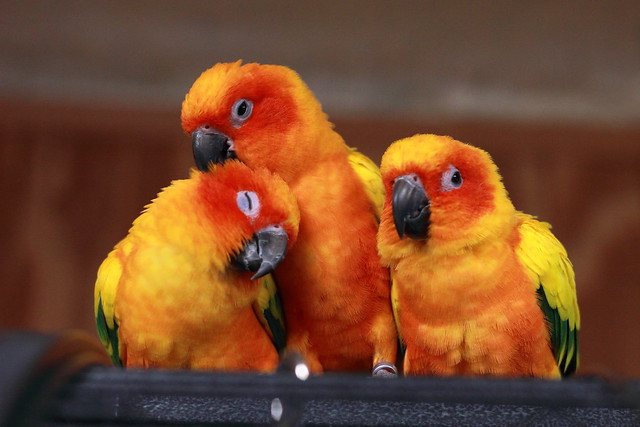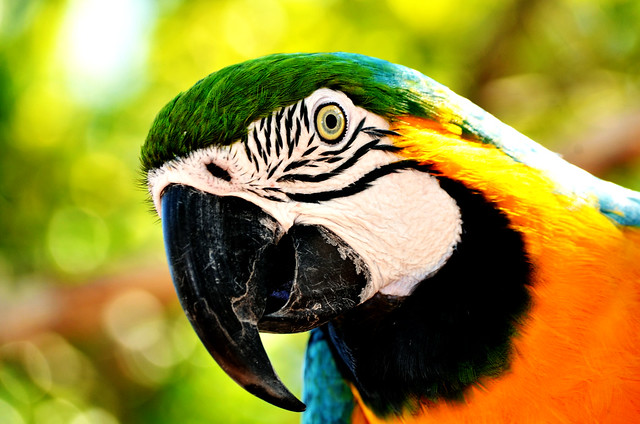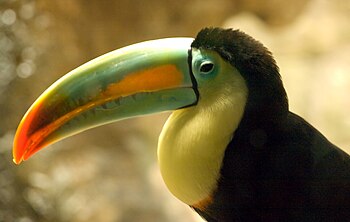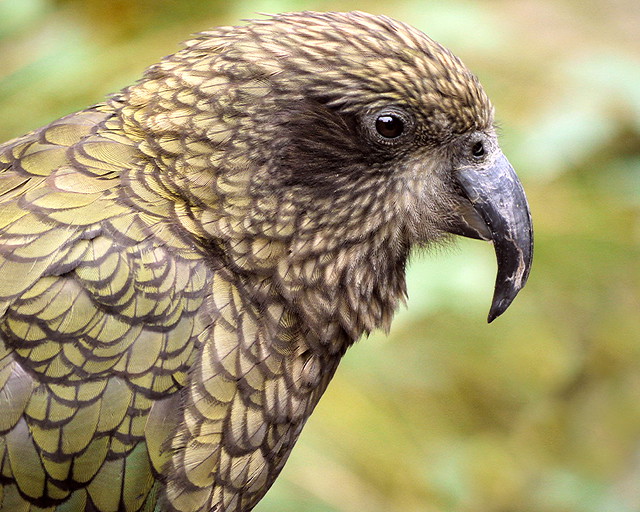 |
| Blue Jay (Cyanocitta cristata) - (Photo credit: Wikipedia) |
Diet And Reason For Their Bad Reputation
They are a common sight nearly anywhere within the eastern half of the continent. Here they find lots of nuts, seeds, and insects to feed on. However, in the Spring they turn to eat the eggs of other birds as well as their already-hatched chicks.
What a lot of people don't know about a Blue Jay is that it can imitate a Sparrow Hawk's cry perfectly. They can send the small birds from any area flying to find coverts and another shelter to keep from being attacked from the would-be predator. While they leave their nests to seek to cover the Blue Jays help themselves to eggs or young.
This behavior has earned the Blue Jay the bad reputation it so honestly owns. As the eastern forests are slowly cut away it opens up even more defenseless birds to these kinds of attacks. This increase in access to the smaller woodland birds has caused the aggressive and beautiful Blue Jay to thrive while warblers, vireos, and other small birds have populations that are shrinking.
Nest, Eggs, And Migratory Habits Of The Blue Jay
A Blue Jay nest can be found on a horizontal branch, a vine tangle, or a shrub. The nests are bulky yet quite compact. They consist of strips of bark, lichen, rags, grass, paper, string, moss, and twigs. They are lined using fine rootlets and then cemented together using mud.
They lay eggs that are a variable of colors. They are greenish, bluish, or buff and are spotted with brown.
They spend the Winter within the U.S. for the most part except the ones found in the Northernmost tip of the country. This part of the Blue Jay population can be partially migratory. They have expanded their range westward being seen more often in urban-type areas and suburbs. Their scream is shockingly similar to the Red-shouldered Hawk.
When it is time to travel they do so in small family groups. This usually happens late in the summer or early in the fall.
Breeding and Courtship
The Blue Jay breeds in parks, residential areas, open woodlands, and in forests containing deciduous and conifer trees. The courtship ritual consists of a showing of male aerial prowess and bobbing up and down before the female. Feeding the female is also a part of the courtship ritual.
The Blue Jays in the Northern part of the country will usually have one brood. The Jays found further South will enjoy longer warm weather and may have two to three broods.
In spite of their rather mean disposition, they are a dazzling spectacle when they come into the yard. Beautifully marked and a bit larger than many of the birds in your back yard, they definitely command attention whenever they are present.
|


















